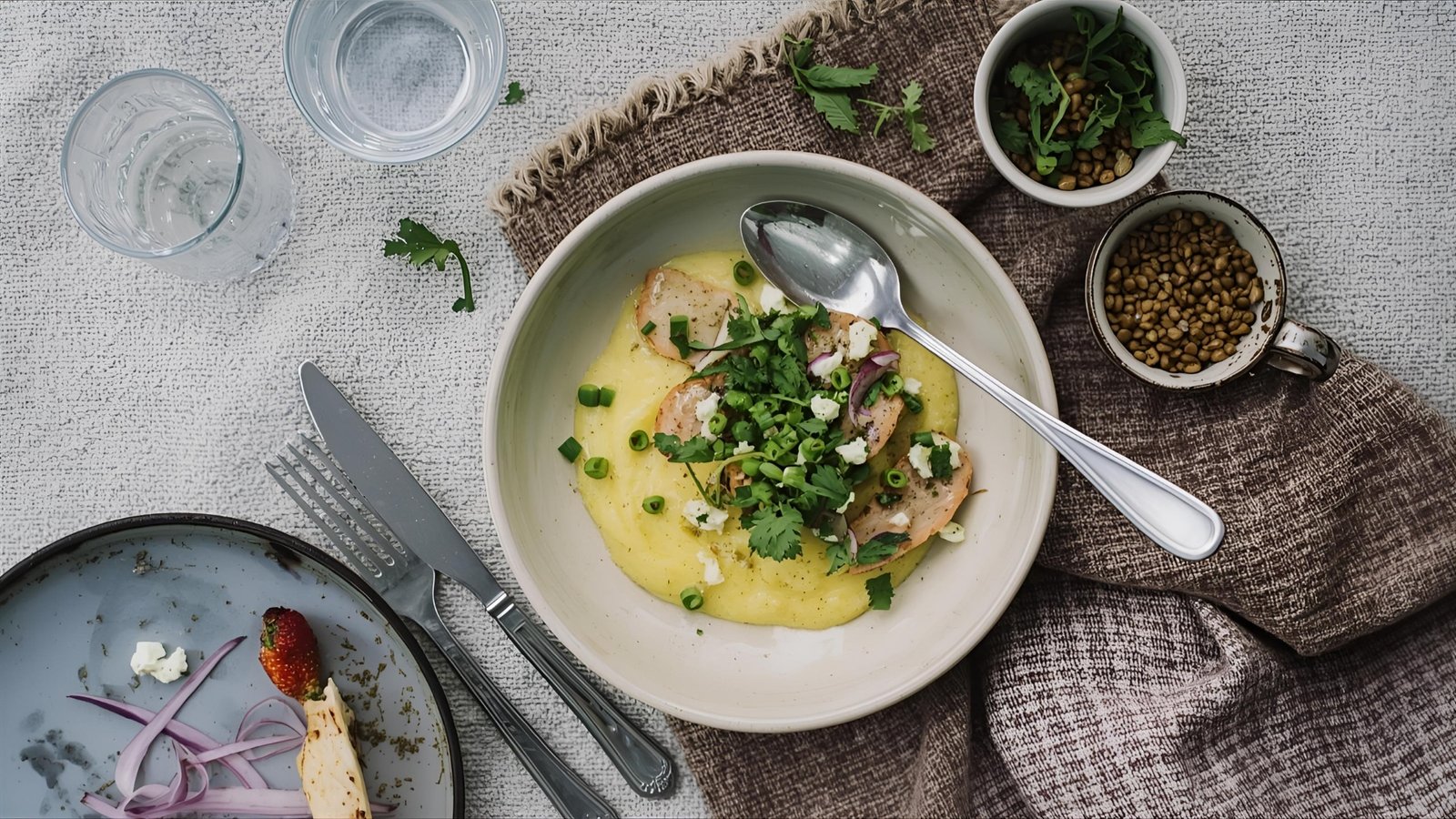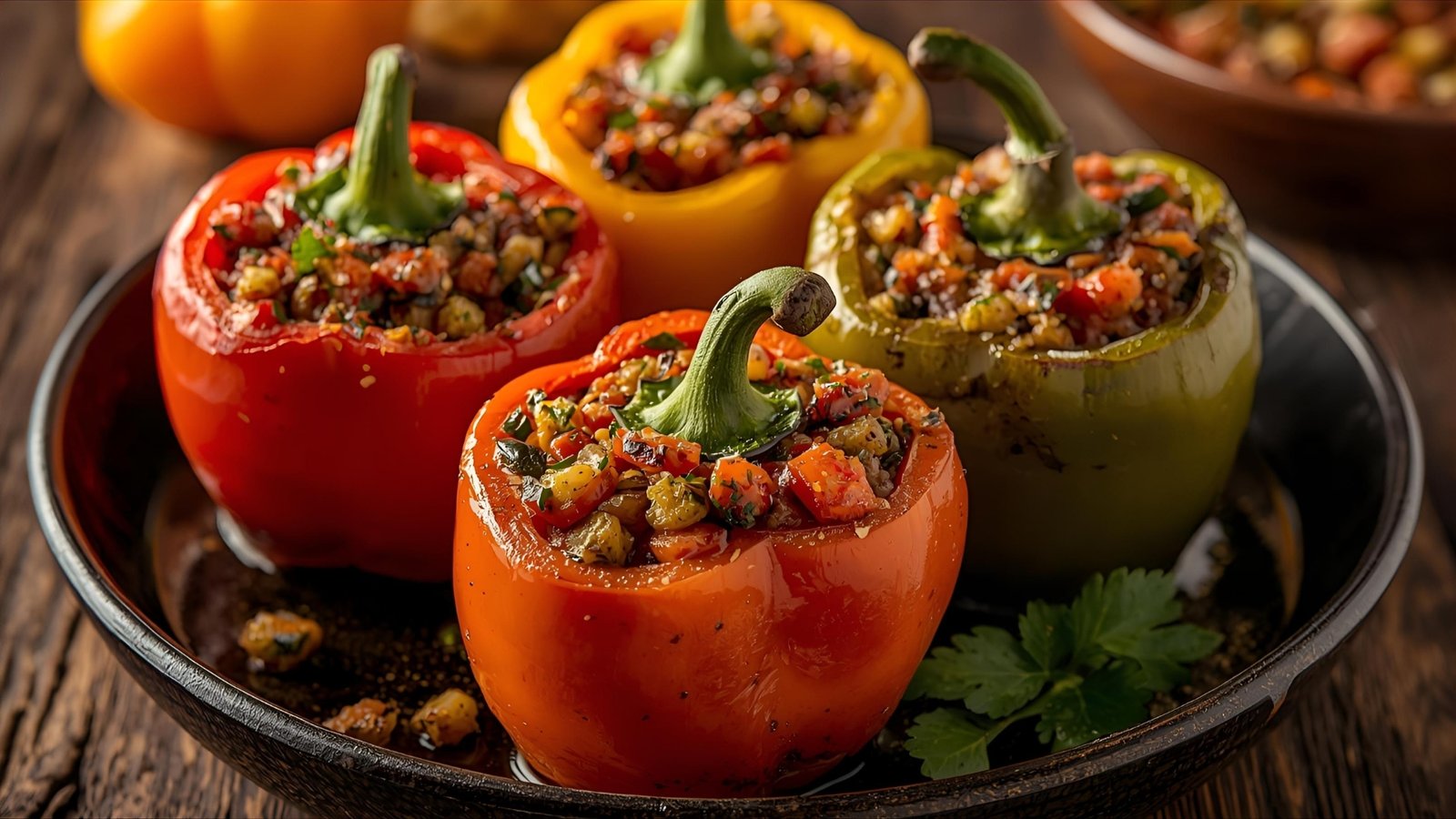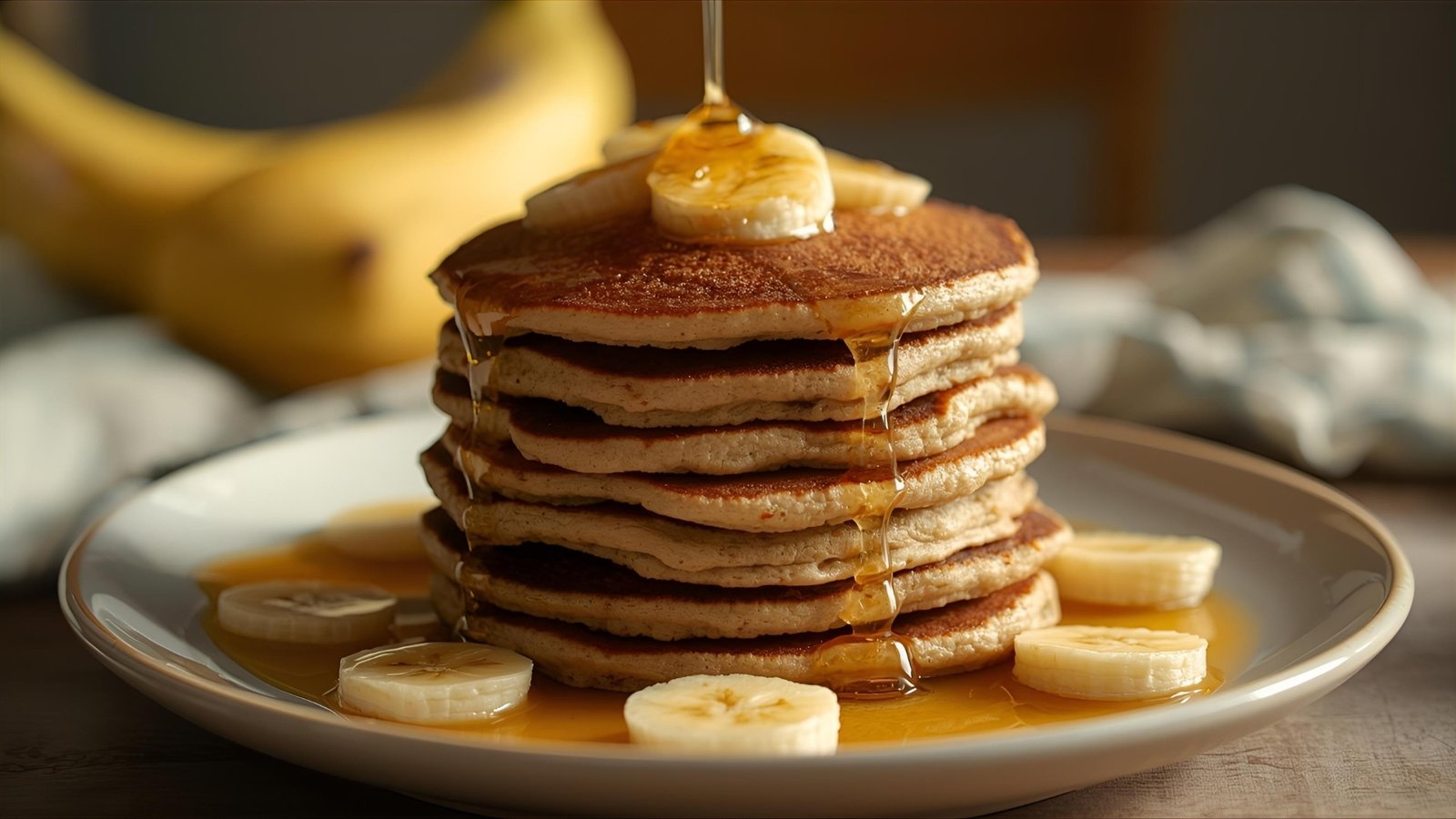Millet is having a moment—and for good reason. This gluten-free grain is naturally high in fiber, offers plant protein, and can be adapted into comforting breakfasts, vibrant salads, and hearty mains that keep you satisfied without weighing you down. Research increasingly links whole grains, such as millet, to better weight management, thanks to their fiber-rich structure and lower glycemic impact compared to many refined grains. Several analyses also note that millets can improve markers relevant to metabolic health, including glycemic control and lipid profiles, which are often intertwined with healthy weight outcomes.
Before we dive into the recipes, let’s take a quick look at why millet supports your health and wellness goals. A typical cooked serving provides complex carbohydrates, moderate protein, and essential minerals, including magnesium and phosphorus. Data compiled from USDA FoodData Central show that whole grain millet provides a significant amount of fiber and micronutrients per serving, supporting satiety and overall diet quality—two key pillars of a sustainable weight-loss plan.
Getting the texture right is simple. For fluffy, separate grains in savory dishes, a standard stovetop ratio is approximately 1 cup of dry millet to 2 cups of liquid. Simmer until tender, then let it rest to steam and fluff. If you prefer a creamier, porridge-like texture, use a touch more liquid and cook a bit longer, stirring occasionally. Reliable home-cooking guides utilize this range successfully, allowing you to tailor the finish to the dish.
With that foundation set, here are 10 easy millet recipes designed to be weight-loss friendly, deeply satisfying, and easy to slot into your weekly routine. Each dish includes practical guidance on flavor and technique, along with smart swaps tailored to your pantry and preferences.
Why Millet Works for Weight Loss
Millet’s high-fiber, protein-rich profile promotes fullness and helps prevent energy slumps, which can curb between-meal snacking. Evidence from meta-analyses suggests that regularly consuming millets can reduce fasting and post-meal blood glucose levels and improve glycated hemoglobin (HbA1c), outcomes associated with more stable energy and appetite regulation. Separate pooled analyses also associate millet consumption with healthier lipid profiles, including reductions in total cholesterol and triglycerides, which are applicable when weight loss is a goal.
Compared to refined grains, whole grain choices like millet tend to contribute to better body weight control over time because their intact fiber and structure slow down digestion and absorption, thereby enhancing satiety. Keeping portions consistent and pairing millet with lean proteins and colorful vegetables further strengthens its role in a balanced calorie deficit without feeling deprived.
How to Cook Millet Perfectly Every Time
To prepare millet for most recipes, rinse it in a fine-mesh sieve to remove dust, then toast the grains in a dry skillet over medium heat until fragrant for a nuttier flavor. Bring 2 cups of liquid to a boil with 1 cup of millet, add a pinch of salt, cover, and simmer over low heat until the grains are tender and the liquid is absorbed. Rest for 5 to 10 minutes off the heat, then fluff with a fork. For porridge, add slightly more liquid; for a spoonable, polenta-like base, cook for a longer time and stir more frequently. Reliable cooking references widely use these ratios and methods.

If you plan to batch-cook for meal prep, cook a plain pot of millet and store portions in airtight containers. Reheat with a splash of water or broth to revive the texture. Emerging research suggests that cooling starchy foods can increase resistant starch, which may have a modest effect on the glycemic response. While findings vary by grain type and preparation, refrigerating cooked millet overnight before reheating is a practical technique that some people find helpful.
1) Fluffy Millet Breakfast Porridge with Berries
Why it helps
A warm bowl of millet porridge is a healthy breakfast that keeps you full through late morning. The combination of soluble and insoluble fiber supports appetite control, while the natural sweetness of berries adds antioxidants without much added sugar. The creamy texture is achieved by using extra liquid and gently simmering until the grains break down slightly.
How to make it
Cook rinsed millet with unsweetened almond milk or low-fat dairy using a slightly higher liquid ratio than usual so it simmers into a spoonable base. Stir in a pinch of cinnamon and a drop of vanilla. When it’s creamy, fold in fresh or thawed frozen berries, along with a teaspoon of chia seeds. For sweetness, use a measured drizzle of honey or a mashed ripe banana rather than free-pouring sweeteners. The result is a high-fiber bowl that’s both comforting and balanced, making it an ideal choice for a weight-loss meal plan.
2) Lemon-Herb Millet Salad with Crunchy Vegetables
Why it helps
Served chilled, this salad is the quintessential low-calorie, nutrient-dense lunch. The whole-grain base pairs well with cucumbers, bell peppers, herbs, and a zesty lemon-olive oil dressing. The fiber and water content of the vegetables add volume, meaning you can enjoy a generous bowl for relatively few calories.
How to make it
Fluff cooled cooked millet, and toss with diced cucumber, cherry tomatoes, parsley, mint, and finely chopped red onion. Dress with lemon juice, a measured spoon of extra-virgin olive oil, salt, and pepper. Add a handful of chickpeas or grilled chicken for extra protein. The Mediterranean-style flavors make this a make-ahead star for meal prep that holds well in the fridge for a couple of days.
3) Savory Millet Upma with Vegetables
Why it helps
Inspired by the beloved South Asian breakfast, this millet upma is light yet satisfying. Sautéed mustard seeds, curry leaves, ginger, and green chilies perfume the kitchen, while peas, carrots, and beans bring color and nutrition. As a whole-grain alternative to semolina, millet boosts fiber and supports stable energy levels.
How to make it
Toast dry millet briefly with a touch of oil until aromatic. In a separate pan, temper mustard seeds and urad dal in a small amount of oil, then add curry leaves, ginger, onion, and chopped vegetables. Stir in the millet, then pour in hot water using the standard ratio. Season to taste and simmer until fluffy. Finish with lemon juice and cilantro. Serve warm with plain yogurt or a protein-rich egg on the side for a complete plate.
4) One-Pan Millet “Fried Rice” with Eggs and Greens
Why it helps
Craving takeout? This high-fiber, lower-calorie take on fried rice utilizes cold, day-old millet to achieve that distinct, separate-grain, stir-fried texture. Using minimal oil and packing in greens provides a deeply satisfying bowl that fits a weight-loss pattern.
How to make it
Heat a wide skillet or wok, add a teaspoon of oil, and scramble two eggs until just set. Remove the eggs, then sauté garlic, ginger, and scallions with diced carrots and a few cups of chopped cabbage or spinach. Add cold cooked millet and toss quickly over high heat with a splash of low-sodium soy sauce or tamari. Return the eggs, finish with sesame seeds and a dash of rice vinegar. You can bump protein with edamame, shrimp, or tofu while keeping portions measured.
5) Roasted Vegetable & Millet Stuffed Peppers

Why it helps
Stuffed peppers are built-in portion control. Millet’s nutty flavor pairs with roasted zucchini, tomato, and onions for a satisfying, calorie-smart dinner that’s easy to reheat. A sprinkle of reduced-fat cheese adds creaminess without tipping the balance.
How to make it
Halve bell peppers and roast cut-side down until just tender. Meanwhile, sauté diced zucchini and onion with oregano and garlic. Stir in the cooked millet and crushed tomatoes, then spoon the mixture into the peppers. Top with a modest amount of cheese and bake until the tops are golden. Serve with a crisp side salad and a dollop of Greek yogurt in place of sour cream.
6) Millet Power Bowl with Roasted Chickpeas and Tahini-Lemon Sauce
Why it helps
Bowls are a simple way to hit your macros without overthinking. The trifecta of whole-grain millet, roasted chickpeas, and leafy greens provides a balanced blend of protein, fiber, and micronutrients that keeps you full for hours.
How to make it
Arrange a base of warm millet in a bowl, top with roasted spiced chickpeas, cucumber ribbons, cherry tomatoes, and a generous handful of arugula. Whisk the tahini with lemon juice, garlic, and warm water until smooth and pourable, then drizzle it lightly over the bowl. Finish with fresh herbs and a dusting of sumac for brightness. Everything in this bowl can be prepped ahead, making it a weekday lifesaver.
7) Creamy Tomato-Garlic Millet “Risotto”
Why it helps
Traditional risotto relies on frequent stirring and a good dose of butter and cheese. Millet offers a lighter, higher-fiber alternative that still turns silky when simmered in broth and puréed tomatoes. You’ll get the same cozy texture with a fraction of the saturated fat.
How to make it
Soften the onion and garlic in a splash of olive oil, then stir in the millet to toast lightly. Add the warm broth and crushed tomatoes little by little, stirring regularly as the millet absorbs the liquid. Finish with a tablespoon or two of grated Parmesan for depth, and fold in sautéed mushrooms or ribbons of spinach. This technique—essentially treating millet like arborio—yields a comforting, spoonable bowl that respects your calorie budget.
8) Spiced Millet & Lentil Soup
Why it helps
Pairing millet with red lentils turns a simple soup into a protein-rich meal that’s more filling than broth-heavy bowls. The soft, stew-like consistency makes it a satisfying lunch or dinner, especially when you’re craving warmth without heaviness.
How to make it
Bloom cumin, coriander, and a pinch of turmeric in a pot with onion, carrot, and celery. Stir in rinsed red lentils and a small handful of millet, then add vegetable broth and simmer until everything is tender and slightly thick. Brighten with lemon juice and chopped cilantro. If you like heat, add a pinch of chili flakes. Serve with a spoon of low-fat yogurt for creaminess.
9) Golden Millet Pilaf with Almonds and Raisins
Why it helps
A fragrant pilaf delivers satisfaction through texture and aroma more than sheer calories. Saffron or turmeric tints the grains a golden hue, while toasted almonds lend crunch and a few raisins supply natural sweetness, curbing the desire for dessert.
How to make it
Toast millet in a thin slick of oil with minced shallot. Add hot water or light broth, saffron threads or a pinch of turmeric, and a small handful of raisins. Simmer covered until the grains are tender. Off heat, fluff with a fork and fold in toasted slivered almonds and chopped parsley. It’s a versatile side that pairs with grilled fish, tofu skewers, or roasted chicken.
10) Banana-Oat Millet Pancakes

Why it helps
Weekend pancakes can still fit into a weight-loss plan when they’re made with whole grains and served in controlled portions. These pancakes utilize a blend of cooked millet, rolled oats, and mashed banana for moisture, reducing added sugar while increasing fiber.
How to make it
Whisk together one mashed ripe banana, an egg, a splash of milk, vanilla, and a spoonful of olive oil. Fold in a mixture of cooked millet, finely ground oats, baking powder, and a pinch of salt. Cook by the quarter-cup in a lightly oiled skillet until golden on both sides. Serve with warm berries and a spoonful of yogurt instead of syrup. Leftovers reheat well in a toaster for quick weekday breakfasts.
Smart Millet Tips for Better Results
Choose the right millet style for the dish
There are several millet varieties—including pearl, foxtail, finger (ragi), proso, little, kodo, and barnyard—each with subtle differences in flavor and texture. Any option labeled simply “millet” in stores will work for these recipes, but if you explore specialty shops, you may find varieties you prefer for porridge or pilaf.
Adjust texture with liquid and time
For salads and stir-fries, aim for distinct, fluffy grains by using the 2:1 liquid ratio and letting millet rest before fluffing. For porridge or risotto-style dishes, add more liquid and stir for a creamier consistency. Reputable cooking references endorse these approaches across home kitchens.
Pair with protein and produce
To maximize satiety and keep calories in check, pair millet with lean proteins such as eggs, beans, tofu, fish, or chicken, and load up on non-starchy vegetables. This combination blunts blood-sugar spikes and helps you feel satisfied longer—key for any weight-loss strategy supported by grains with a low to moderate glycemic impact.
Practice portion awareness
Even healthy carbohydrates contribute calories. A cooked half-cup to three-quarter cup serving of millet (about one-quarter to one-third cup dry) is a sensible side portion for most people; build the rest of your plate with vegetables and protein. Calorie counts vary by cooking method and add-ins, so season boldly with herbs, spices, citrus, and modest amounts of heart-healthy oils rather than relying on butter or heavy sauces. General nutrition databases based on USDA data can help you estimate your personal totals.
Also Read: National Dumpling Day 20 Must-Try Recipes
A Closer Look at Millet’s Nutrition and Health Research
From a nutritional standpoint, millet provides a steady stream of complex carbohydrates with minimal sugar, along with B vitamins and minerals such as magnesium and phosphorus. USDA-sourced data indicate that a standard dry measure of millet contains significant amounts of protein and fiber, which contribute to fullness when consumed as part of a balanced meal.
On the research side, a 2021 systematic review and meta-analysis found that incorporating millets into the diet improved glycemic markers compared to higher-GI staples, offering a promising approach for individuals managing blood sugar. A later review noted improvements in fasting and postprandial glucose and HbA1c with regular millet intake. These changes can support weight management by smoothing energy and appetite. Another pooled analysis focusing on lipids observed reductions in total cholesterol and triglycerides after several weeks to a few months of eating millet-based foods, suggesting a favorable cardiometabolic pattern when millets replace refined grains.
While lab and clinical results vary by millet type, recipe, and participant population, the direction of evidence supports what many cooks experience: replacing part of your refined grains with whole-grain millet makes meals more filling and supports a nutrient-dense eating pattern that can align with weight-loss goals over time.
Putting It All Together
Millet is a versatile, high-fiber, gluten-free grain that can easily fit into your day in numerous ways—from creamy breakfast bowls and refreshing salads to comforting soups and satisfying mains. These 10 easy millet recipes are designed to be flavorful, quick to assemble, and naturally portion-friendly, so you can continue enjoying food while making progress. Use the simple cooking ratios for reliable texture, round out your plate with vegetables and lean proteins, and lean on herbs, citrus, and spices for big flavor without extra calories. With a bit of planning, meal prep becomes second nature, and millet can be a staple that supports your weight-loss journey without sacrificing joy at the table.
FAQs
Q: Is millet good for weight loss compared to rice?
Millet is a whole grain that offers more fiber than many refined white rices and tends to have a lower or moderate glycemic impact, which may support appetite control and steadier energy when you’re cutting calories. Studies indicate that millets can improve glycemic markers, which indirectly supports weight management. Portion size still matters.
Q: Which type of millet is best for beginners?
Start with commonly available “hulled millet” (often proso) for neutral flavor and versatility. If you find other types, such as pearl, foxtail, or finger (ragi), experiment to see which texture and taste you prefer for porridge versus pilaf.
3) What is the ideal millet cooking ratio?
For fluffy grains, a good starting point is 1 cup of millet to 2 cups of liquid, with the mixture resting after cooking to allow it to steam and separate. For porridge-like dishes, increase the liquid slightly and stir more frequently to achieve creaminess.
Q: Can I meal-prep millet?
Yes. Cook a plain batch, let it cool, and refrigerate for up to 4 days. Reheat with a splash of water or broth. Some research suggests that cooled and reheated grains can alter resistant starch, although the effects vary; it’s fine to use whatever method supports your routine.
Q: Is millet gluten-free?
Millet is naturally gluten-free, making it a helpful option for people who avoid gluten. Always check labels for cross-contact if you have celiac disease or a severe sensitivity.








